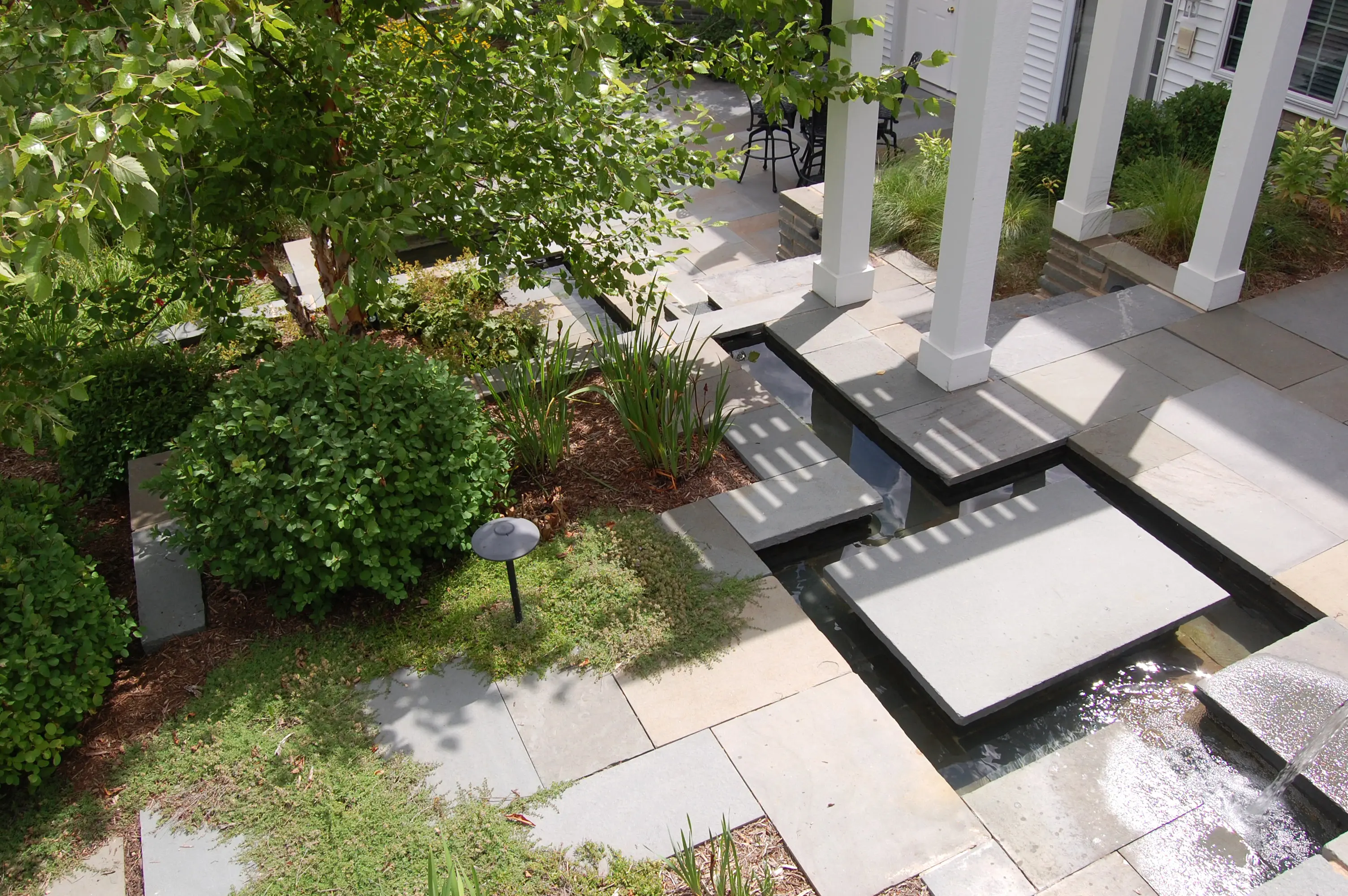
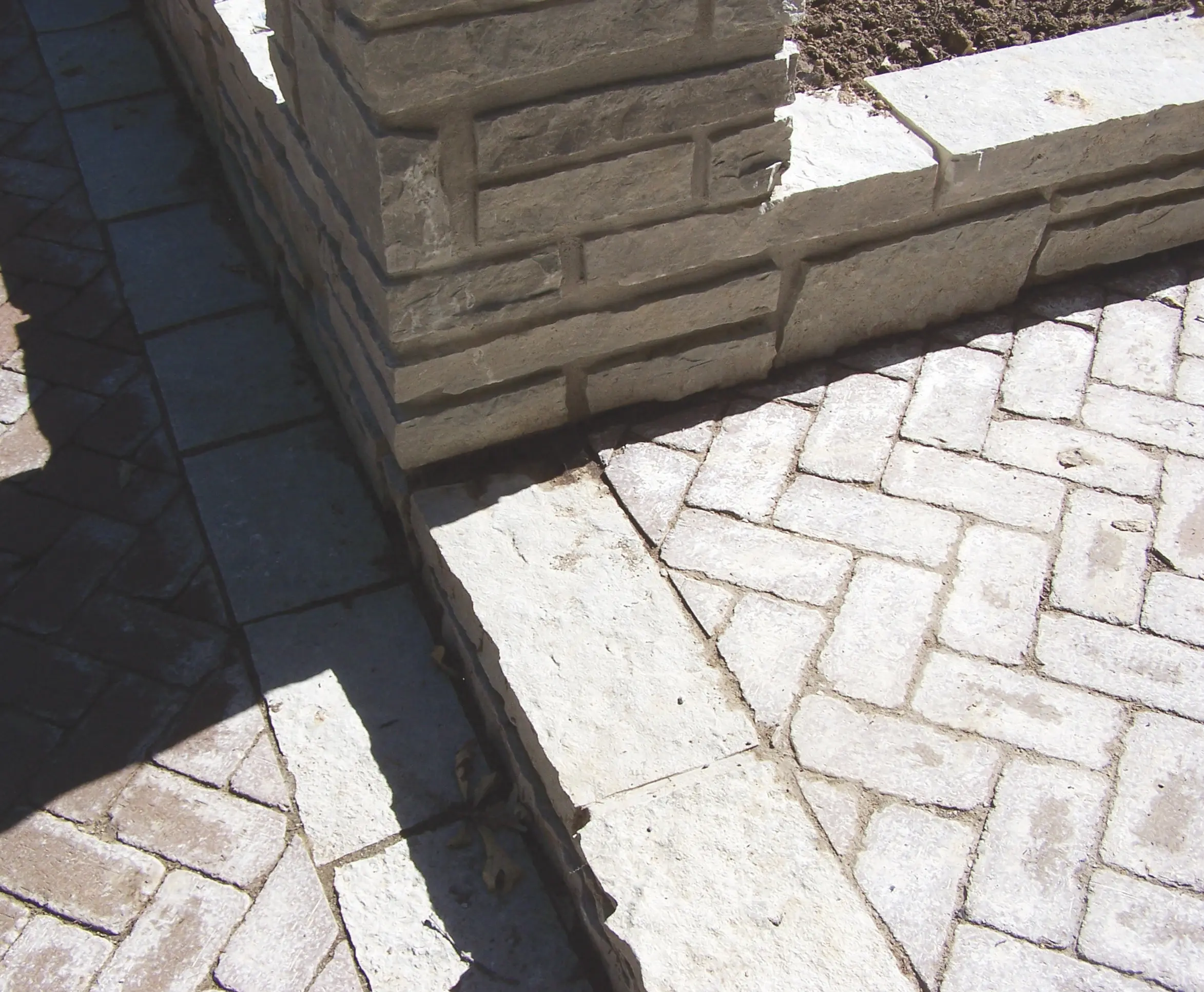
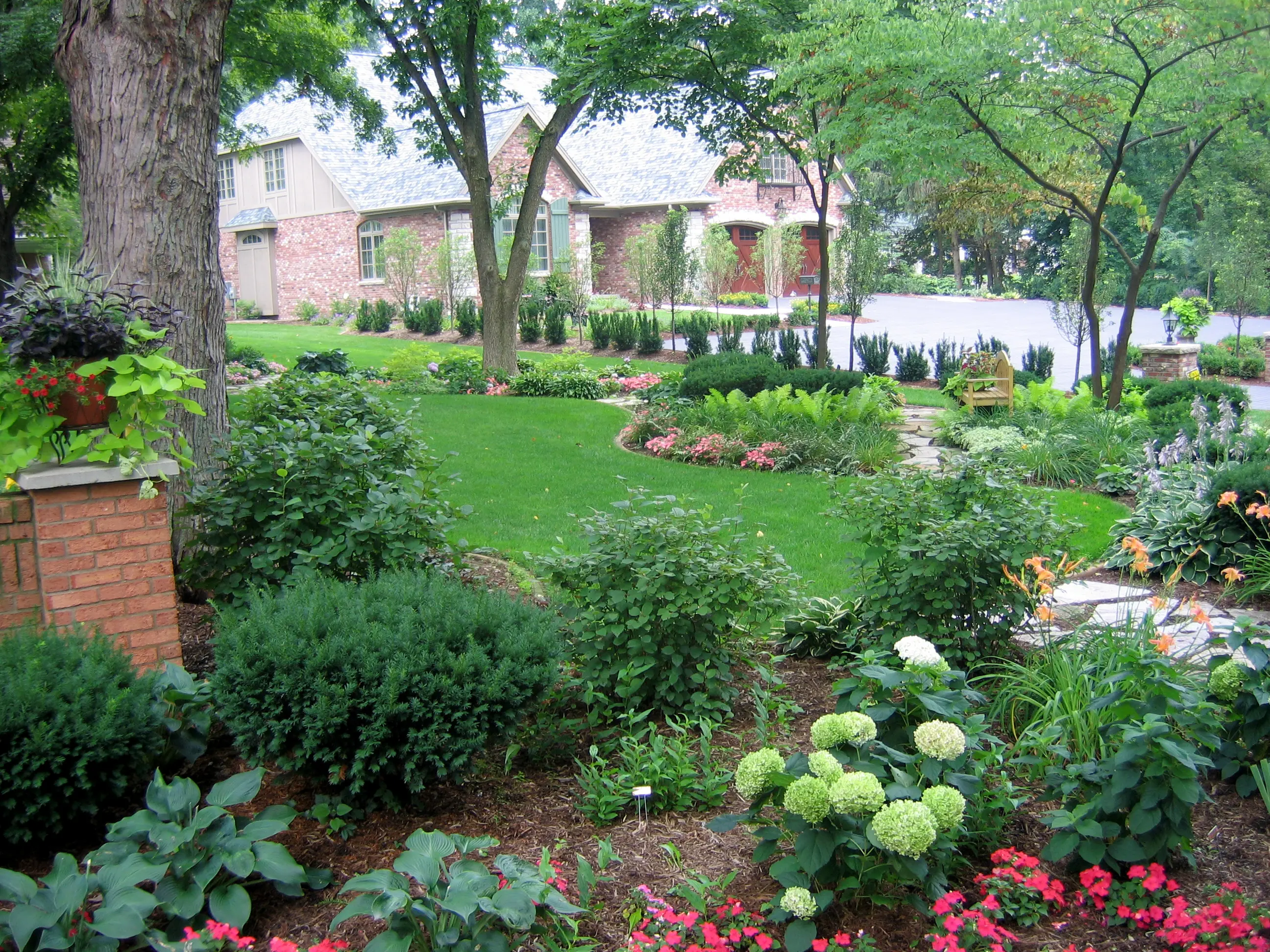
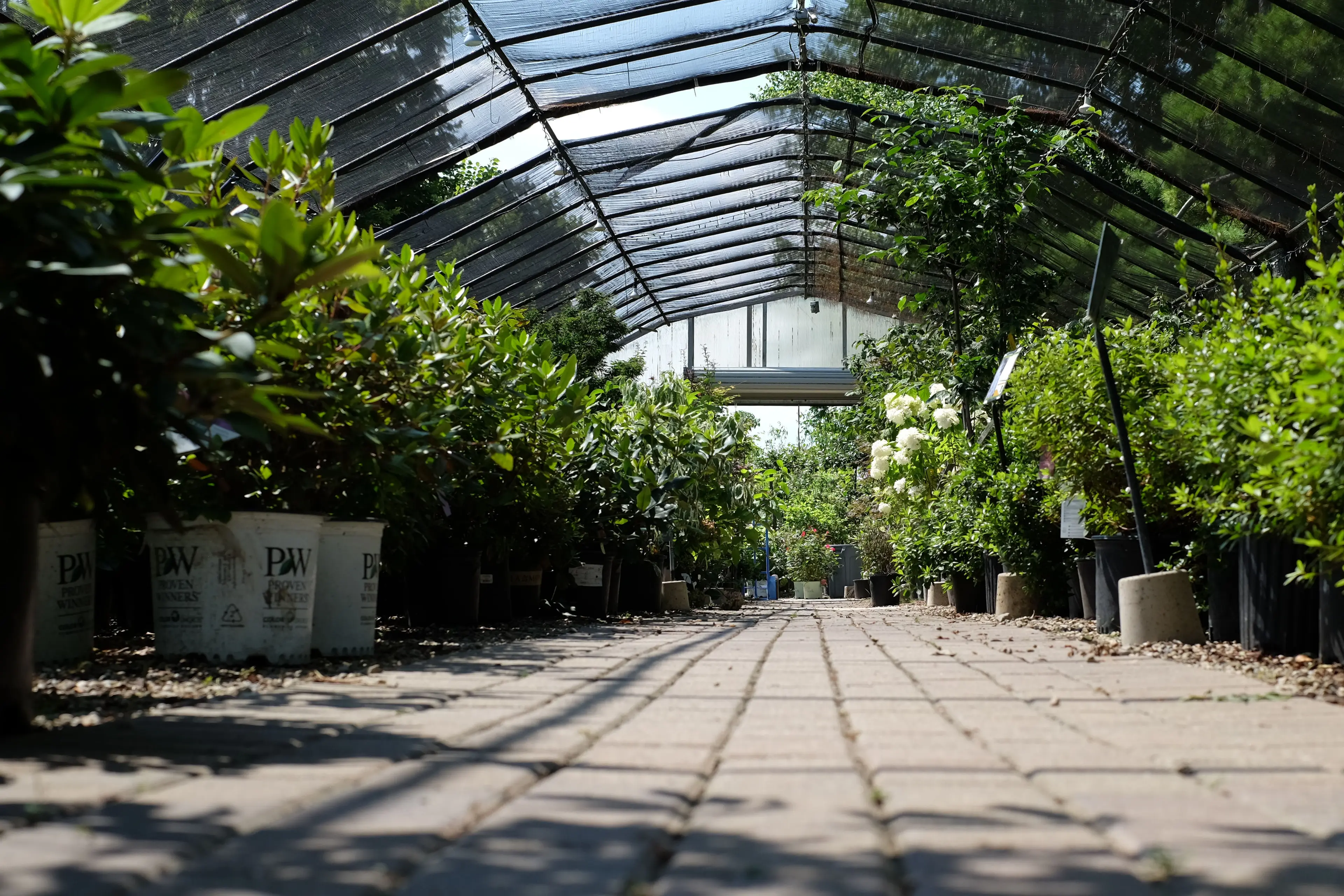
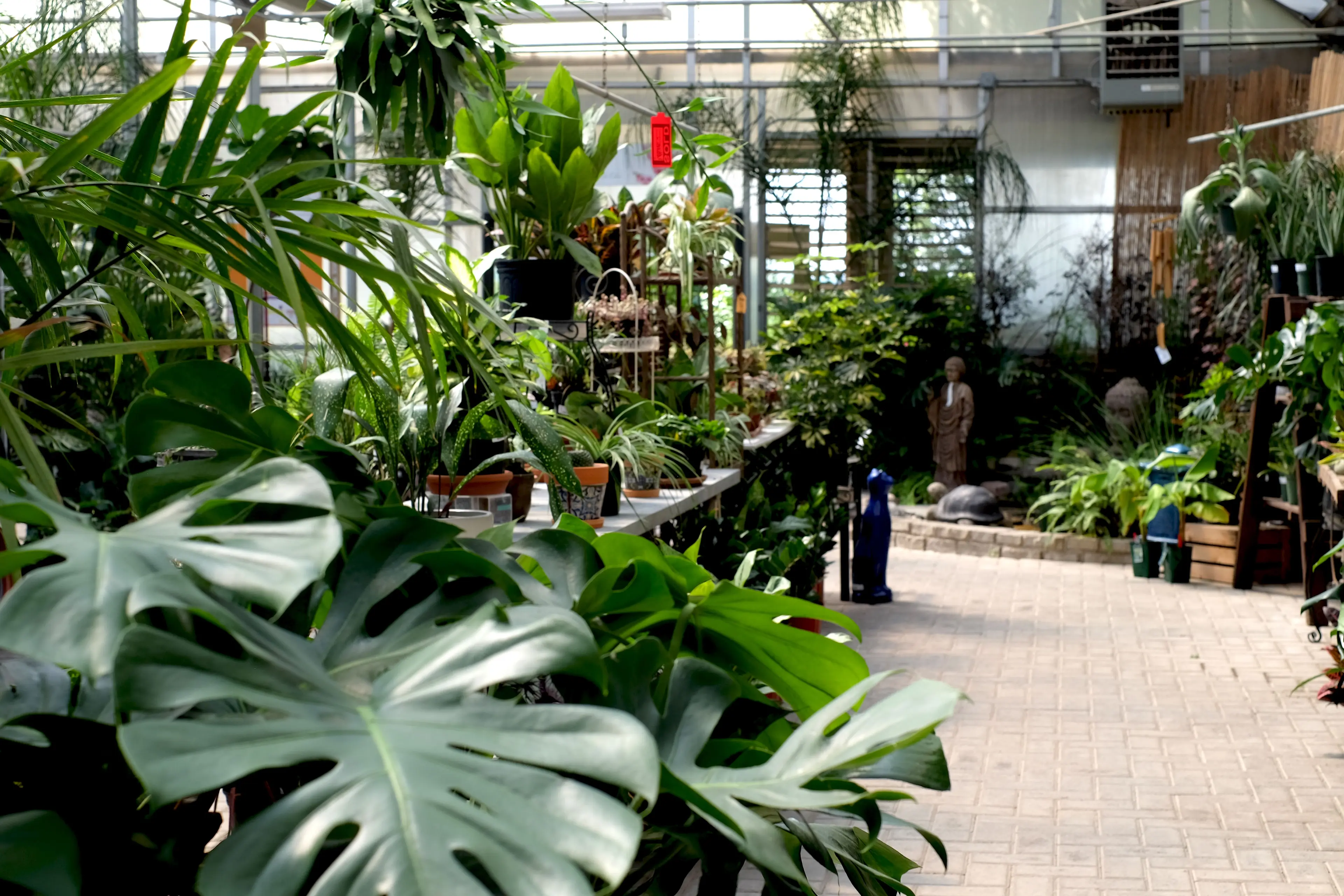
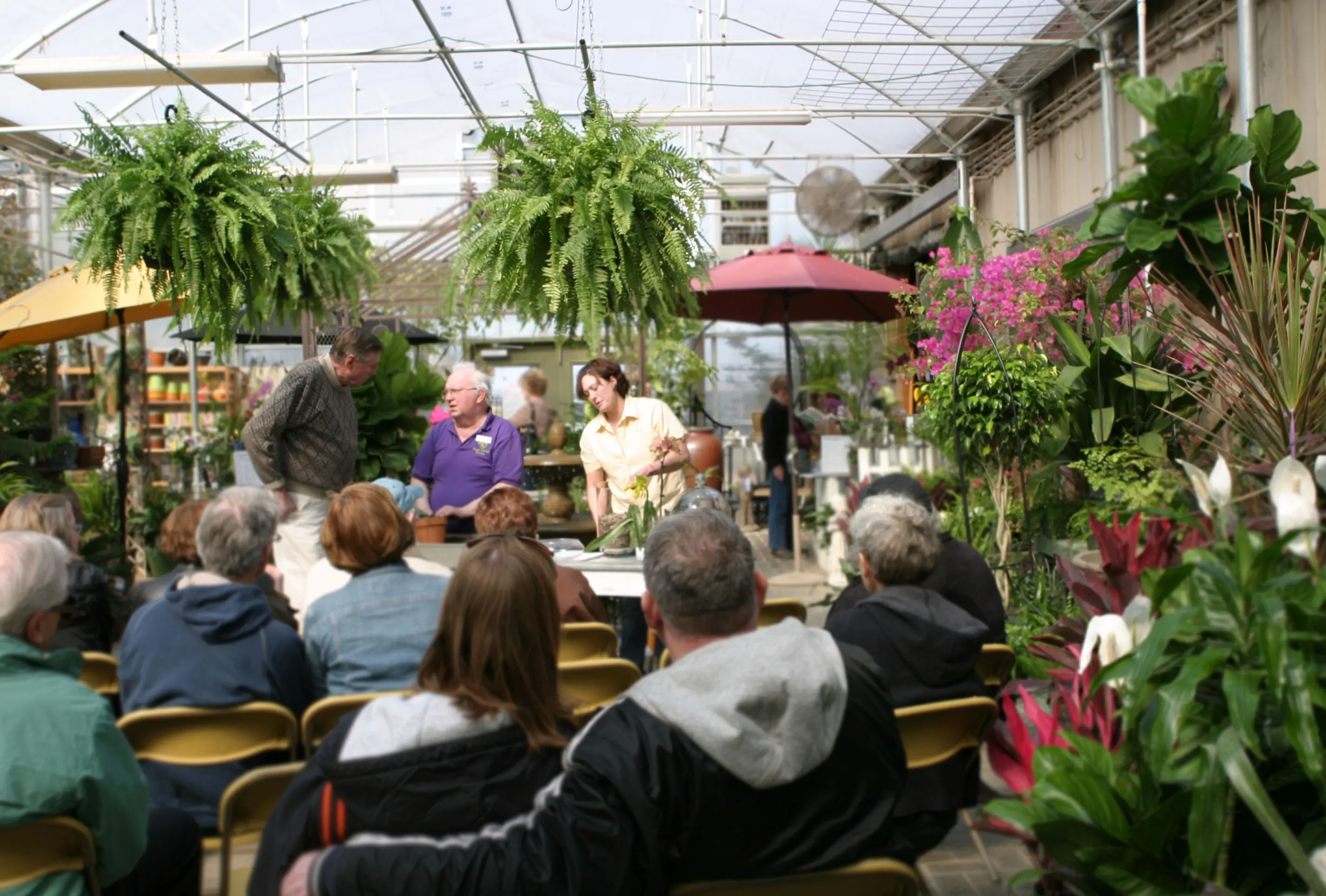
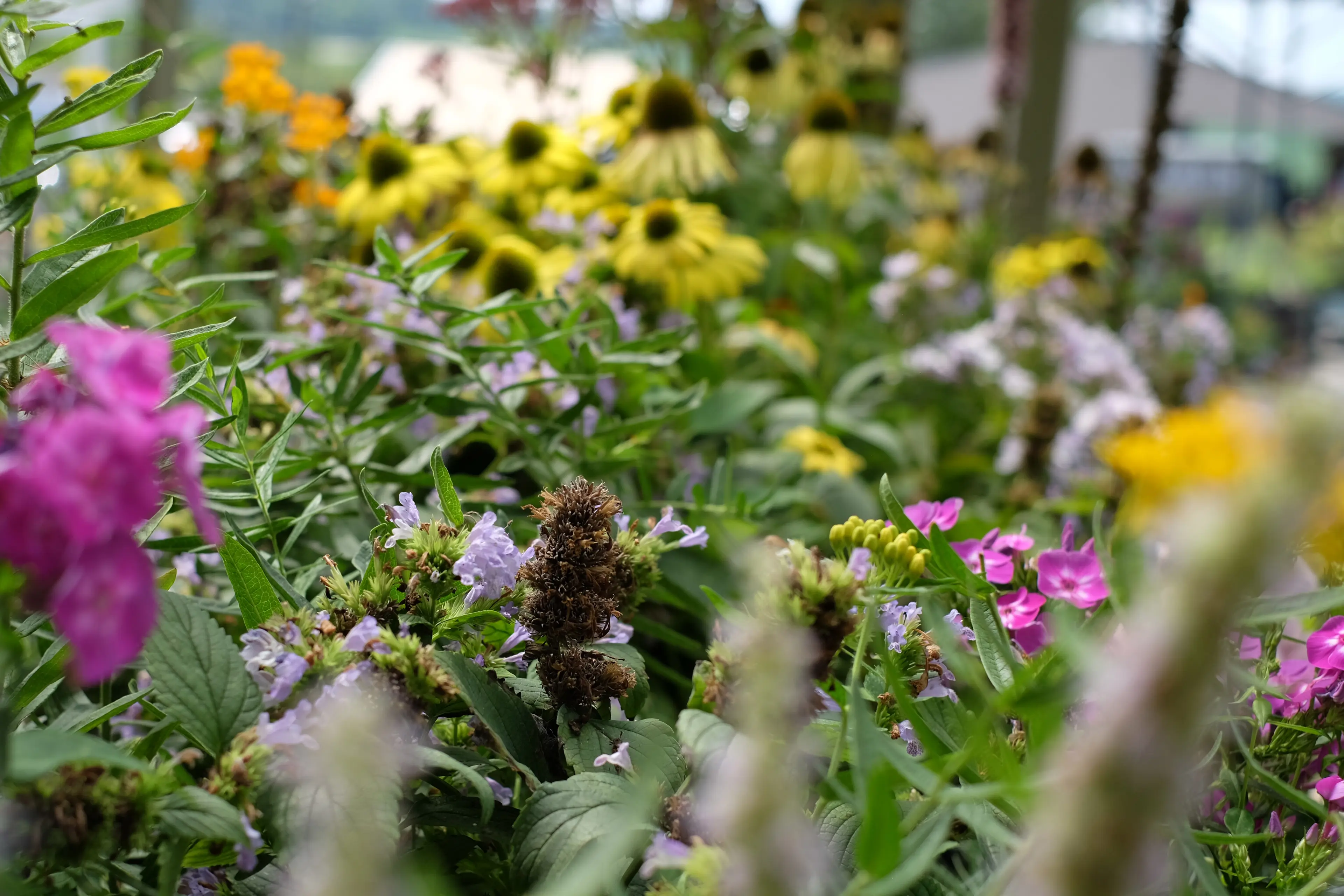

Garden Center
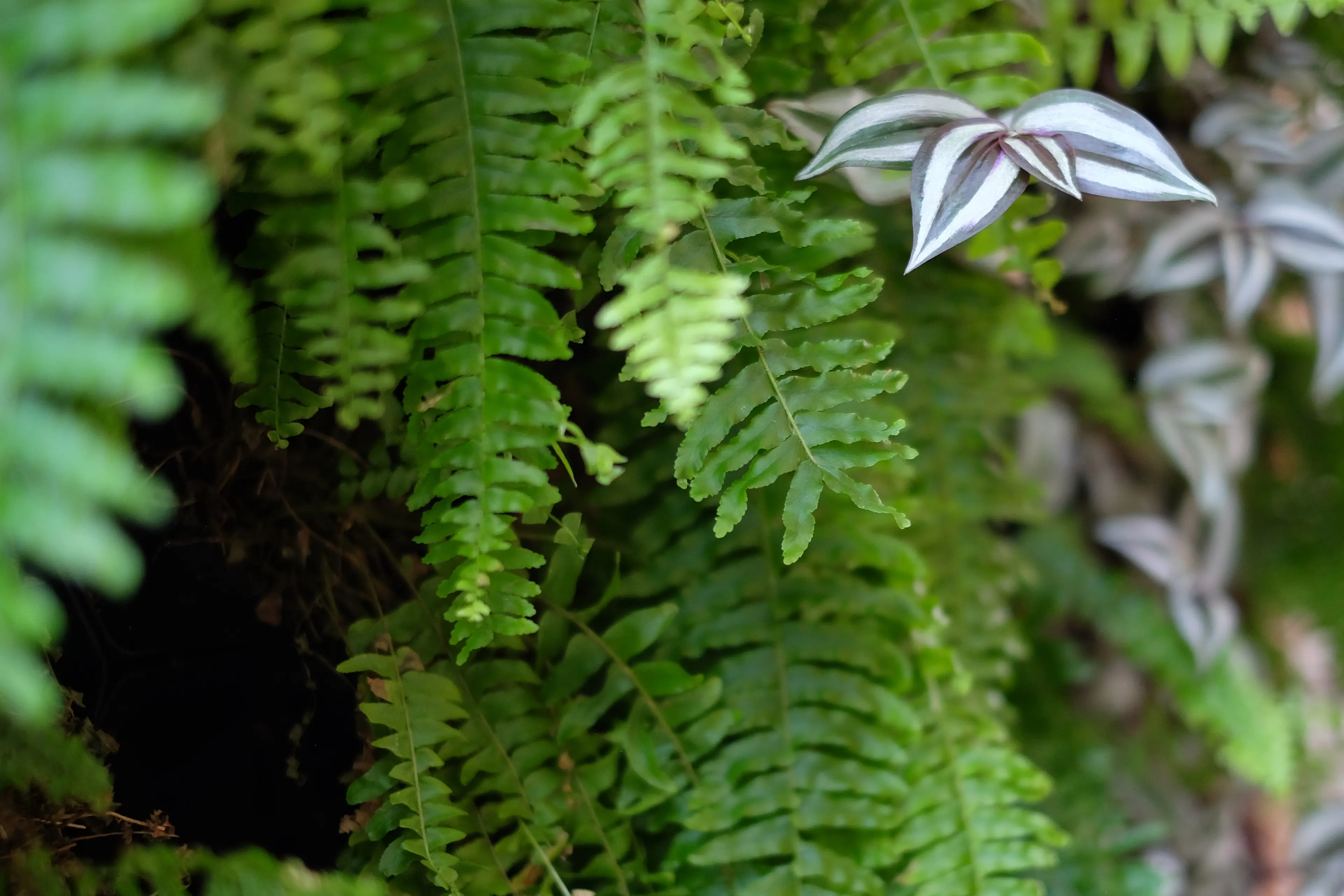
Hydrangea Care
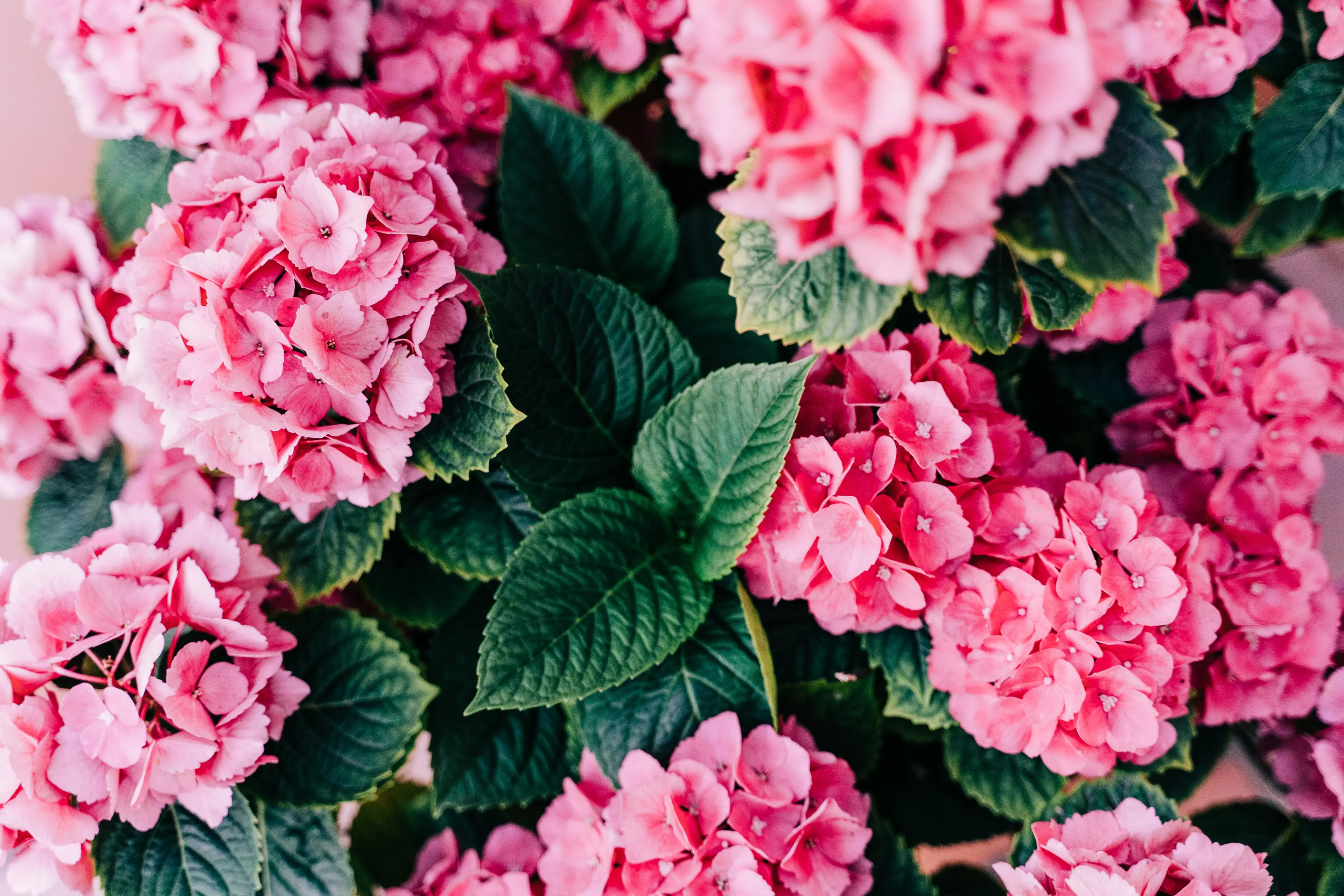
Pink vs. Blue
The color of some hydrangeas can be manipulated with soil amendments. To change the color from pink to blue, or enhance the blue color - lower the pH of the soil by adding Espoma Garden Sulfur in the spring according to package directions. To change a blue hydrangea to pink, or to keep a pink hydrangea pink - raise the pH level of the soil by adding Espoma Garden Lime. The best time to raise the pH of soil is after the hydrangeas have finished blooming in the fall and again in the spring. Lime takes several months to actually change the pH of the soil. Apply lime according to package directions. White hydrangeas cannot be changed to pink or blue.
Watering
The name hydrangea comes from the Greek “hydor,” meaning water, and “angos,” meaning jar or vessel. This roughly translates to “water barrel,” referring to the hydrangea’s need for plenty of water and its cup-shaped flower. Hydrangeas prefer well-drained, moist soil. Depending on your soil type, you will need to adjust how frequently and how much you water. Clay soil holds more water than sandy soil, and produces more runoff because it doesn’t allow as much water to soak in as a looser sandy soil will allow. We recommend using a soaker hose or hand watering the shrubs when the ground feels dry. In the heat of the summer, your hydrangeas may wilt a bit in the afternoon, but will revive when the temperatures cool down. You can help with this by watering in the morning or evening when the wind is more still and the sun less hot. Using mulch is another great way of conserving water and keeping the ground cool. Mulched plants typically can go longer periods of time between watering than non-mulched plants. We do recommend a soak versus light watering each day, but you should be sure that the soil is always moist – not wet – by sticking your fingers in the dirt. If it is dry, give it a good soaking. If it is wet, do not add water.
Pruning
Begin your pruning project with clean, sharp tools. Most cuts can be made with bypass hand pruners or loppers.
Macrophylla and Serrata (Mopheads)
Varieties that flower on the previous season’s growth should be pruned lightly after the leaves have fallen. In most cases, just removing the spent flowers is all that’s needed. Old or spindly branches should be removed to the base. In early spring, when the new buds are emerging, prune to just above the first pair of healthy buds. If these varieties are pruned severely in the late summer or dormant season, it’s likely they will not bloom the following season.
Arborescens and Paniculata (Tree-like and pyramidal branching cluster)
Varieties that bloom on new growth can be pruned in the dormant season or early spring when the new growth begins to emerge. Prune low, down to a healthy pair of buds to generate new growth and flowers.
Quercifolia (Oakleaf)
This variety blooms on new growth, but only needs spent flowers removed and pruned to shape. It rarely needs severe pruning.
Anomala, Petiolaris, Serratifolia, and Seemannii (Climbing Hydrangeas)
This kind of hydrangea should be lightly pruned after flowering and long branches cut back to shape. If the vine is completely overgrown, or needs some new life kicked back into it, prune in early spring. Trim only about ⅓ of the vines down short each year over a three year period.